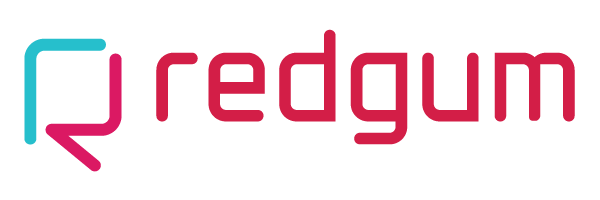Uncovering your revenue model
Looking at how to build a high performing SaaS Asset based on your know-how.
Firstly we looked at how you understand your first level value, then we got an understanding of the True Value you’ve built, how the internals of the solution will work and then the customer journey.
This step involves analysing the potential revenue models alongside the associated cost models. By doing so, you can gain a better understanding of the viability of your idea and identify key success factors and potential risks.
Consider the following components when developing your costing model:
Revenue Models: Evaluate various revenue streams and models that can be derived from your idea.
Are you selling a product, offering a service, or implementing a subscription-based model?
Assess the pricing strategies, customer segments, and potential scalability of each revenue model.
Look at the complete flow of money, not just the income but the outgoings, or potential outgoings, can you pay one party for doing work on behalf of another?
If your platform earns people money, they are far more likely to use it, stick with it and recommend it.
Cost Models: Identify the costs involved in delivering your solution to customers. This includes direct costs such as materials, production, or service delivery expenses, as well as indirect costs like marketing, infrastructure, and personnel. Analyze fixed and variable costs, and consider economies of scale as your customer base grows.
Viability Analysis: Assess the financial viability of your idea by comparing projected revenue against estimated costs.
This analysis helps determine if your idea has the potential to generate sustainable profits and if it aligns with your desired business goals. Identify any potential cost-saving measures or revenue-boosting opportunities to optimize your business model.
Key Success Factors and Risks: The costing model provides valuable insights into the key success factors and potential risks associated with your idea.
Identify factors that contribute significantly to your financial success, such as pricing strategy, customer acquisition costs, or operational efficiencies.
Simultaneously, recognize risks that could impact profitability, such as competition, market dynamics, or unforeseen expenses. Understanding these factors allows you to make informed decisions and develop strategies to mitigate risks.
By integrating a costing model into your documentation, you gain a comprehensive understanding of the financial aspects of your idea.
By incorporating this crucial aspect into your documentation, you set yourself up for a more comprehensive and well-rounded understanding of your idea's potential and its implications from a financial perspective.
